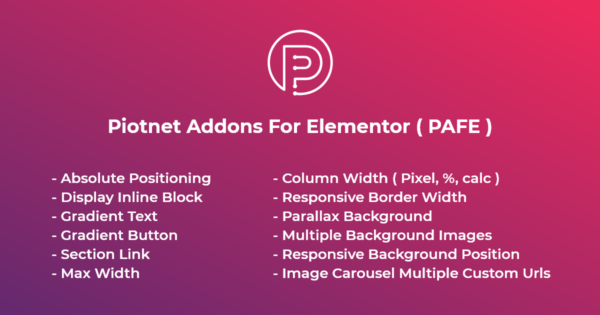$ 54.00 Original price was: $ 54.00.$ 3.49Current price is: $ 3.49.
OryMai
- Version: 1.17.0
- Last Update: January 5, 2025
- Description
- Disclaimer
- Reviews
Short Description
With “Deactivate Plugins Per Page” you can easily disable plugins on certain WordPress pages (or on all except a selected page).
This is useful for speeding up your site mainly because many front-end plugins will load their JavaScript and CSS assets on every page, even if you use them on one page.
How it works?
You can add deactivation rules for active plugins. For example for a contact form plugin, that you only use on the contact page, simply add a rule to deactivate it on all URI except on the contact page.
Deactivation Rules Options
1. Deactivation Type
– Deactivate on selected URI
– Deactivate on all URI except selected
2. URI selection type
– Page
– Custom
3. [Page] Select pages to extract URI from (it will update automatically if the page slug changes)
3. [Custom] Custom URI condition
– URI equals …
– URI does not equal …
– URI contains …
– URI does not contain …
– URI starts with …
– URI does not start with …
– URI ends with …
– URI does not end with …
4. Affected devices
– All
– Desktop
– Mobile
Plugin Groups
Create groups of multiple plugins in order to add deactivation rules that affect them all.
Debug Mode
Enable debug mode to see what is the URI and which plugins are active/inactive on the current page on the front-end. This will help you create rules and test current ones. A debug box will appear on the front-end if you are an administrator user.
Does it affect the Back-end?
There is an option (not enabled by default) that makes all rules with Custom URI selection to also affect the back-end. Some back-end pages will still not be affected in order to avoid problems, like the pages that control plugin activation, deactivation, updates, and installation.
> This product is intended for testing purposes only. To respect the original developer, we still recommend you to purchase the original product through the official sales site.
> 100% Clean Files & Free From Viruses & Free From Malware
> Unlimited Use
> Instant Download
$ 54.00 Original price was: $ 54.00.$ 3.49Current price is: $ 3.49.
OryMai
- Version: 1.17.0
- Last Update: January 5, 2025








User Reviews
There are no reviews yet.